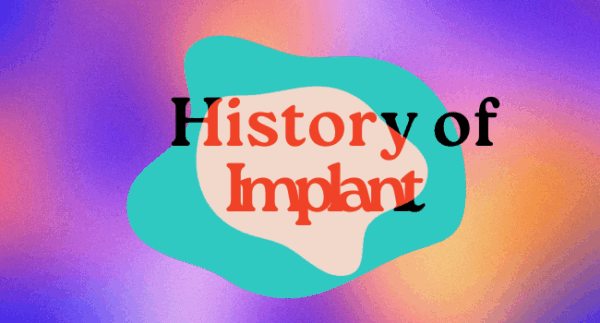Providing Contraceptive Care in School-Based Health Centers
Written by Lisa Maldonado, MA, MPH
There are more than 2,500 school-based health centers (SBHCs) across the country.1 SBHCs present a vital opportunity to integrate contraceptive care within primary care services for adolescents. These centers are uniquely positioned within the school environment—where students spend a significant portion of their time—to deliver comprehensive primary and preventive services, including reproductive and sexual health, with minimal disruption to academic schedules.2 By offering contraceptive counseling and methods on-site, SBHCs can improve access, and promote better health equity among underserved youth.3
While 77% of SBHCs report providing some level of sexual and reproductive health services, these services are primarily focused on abstinence counseling, pregnancy testing, STI screening and treatment, and contraceptive counseling. Only 37% provide any type of contraception on site, and even fewer (5-6%) offer long-acting reversible contraception.4
Integrating contraceptive services in SBHCs is not without challenges.5 Many schools face policy and regulatory constraints: for instance, roughly half of SBHCs are restricted by their state, district, or sponsoring organization from dispensing contraceptives on-site.4,5 Staffing and training gaps persist; many SBHC providers lack adolescent reproductive health expertise and may need support to deliver sensitive contraception counseling and services confidently.6
Despite hurdles, SBHCs that have established strong community support and have operated for longer periods are more likely to succeed in delivering contraceptive services—up to 60% of centers open for more than ten years provide on-site contraception, compared with 40% of newer centers.4 SBHCs can strengthen community support by developing partnerships with schools, community organizations, and families; actively engaging youth in planning and advocacy; and providing culturally competent and youth-friendly services.7
Targeted capacity-building—including protocols, technical assistance, training, and partnerships—can yield powerful results; for instance, interdisciplinary collaboration and training partnerships helped expand reproductive services in New York City (NYC) and California.6,8 In NYC, for example, the Department of Health collaborated with a local community health center network to establish the Hands-on Reproductive Health Training (HaRT) Center to train SBHC clinicians in full-scope contraception, including LARC insertion and removal.9
Even for clinicians unable to integrate full-spectrum contraceptive services in SBHCs, ensuring services are teen-friendly and upholding principles of communication, autonomy, confidentiality, and ease of access (e.g., free contraception during school hours) are critical for building trust. In fact, such principles have been found to boost SBHC utilization further and facilitate timely referrals to contraceptive providers when access isn’t possible onsite.2,10
If you are unsure of the laws and policies affecting your SBHC, or if you are interested in establishing an SBHC in your community, connecting with the School-based Health Alliance is a good place to start. They have information on how school-based health policy and funding work in your state and can connect you with your state’s local school health association, if one exists. They may also be able to provide you with strategic guidance on working with your local school board to determine if providing contraception onsite is possible in your school-based health center.
RHAP Resources:
Your Birth Control Choices Fact Sheet
Values Clarification Workshop: Though this curriculum is focused on clarifying values related to abortion care, it can be easily adapted to focus on adolescent contraceptive care.
Download and print our resources for free from our website or visit our store to buy physical copies!
Partner Resources:
Reproductive Health Hotline (ReproHH): A free, confidential phone service (1-844-737-7644) offering evidence-based clinical information for healthcare providers across the US who have questions related to sexual and reproductive health.
School-based Health Alliance: The national organization representing and promoting school-based health care. They have affiliates in many states that can aid in navigating and understanding local laws, policies, and regulations, and assist in accessing state and local funding.
Sources:
Sign up to Receive Contraceptive Pearls Monthly!
If you enjoyed this Contraceptive Pearl, sign up to have them delivered to your inbox! Contraceptive Pearls are released on the third Tuesday of every month!
Sign up to Receive Insights Monthly!
If you enjoyed this Pearl article, then check out Insights! Insights are monthly e-newsletters offering primary care clinicians evidence-based education on abortion and early pregnancy loss care (miscarriage). Read our latest Insights on our website. You can sign up to have Insights delivered to your inbox! Insights are released on the fourth Tuesday of every month!
Pharma-free: The Reproductive Health Access Project does not accept funding from pharmaceutical companies. We do not promote specific brands of medication or products. The information in the Insights is unbiased, based on science alone.

